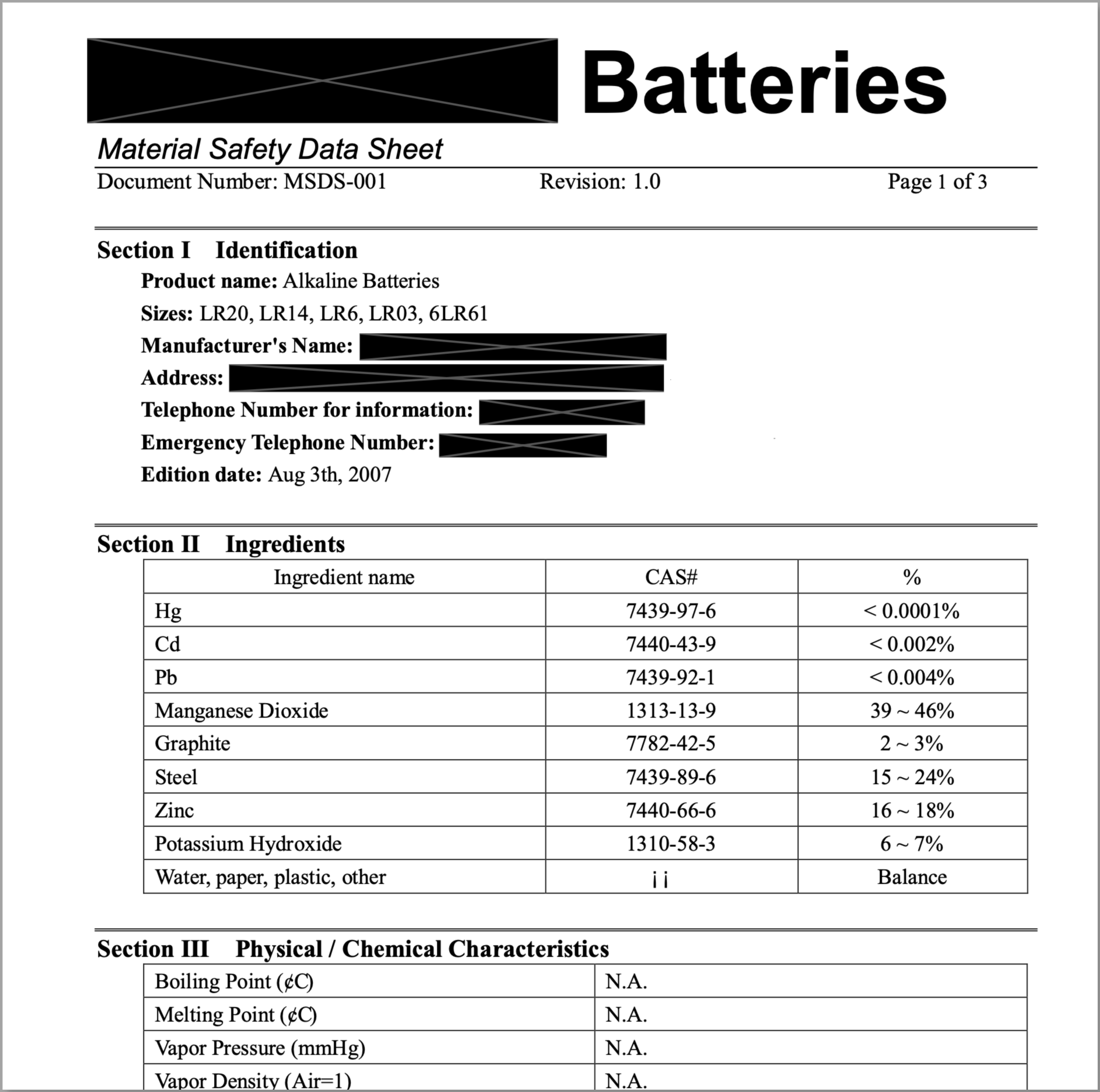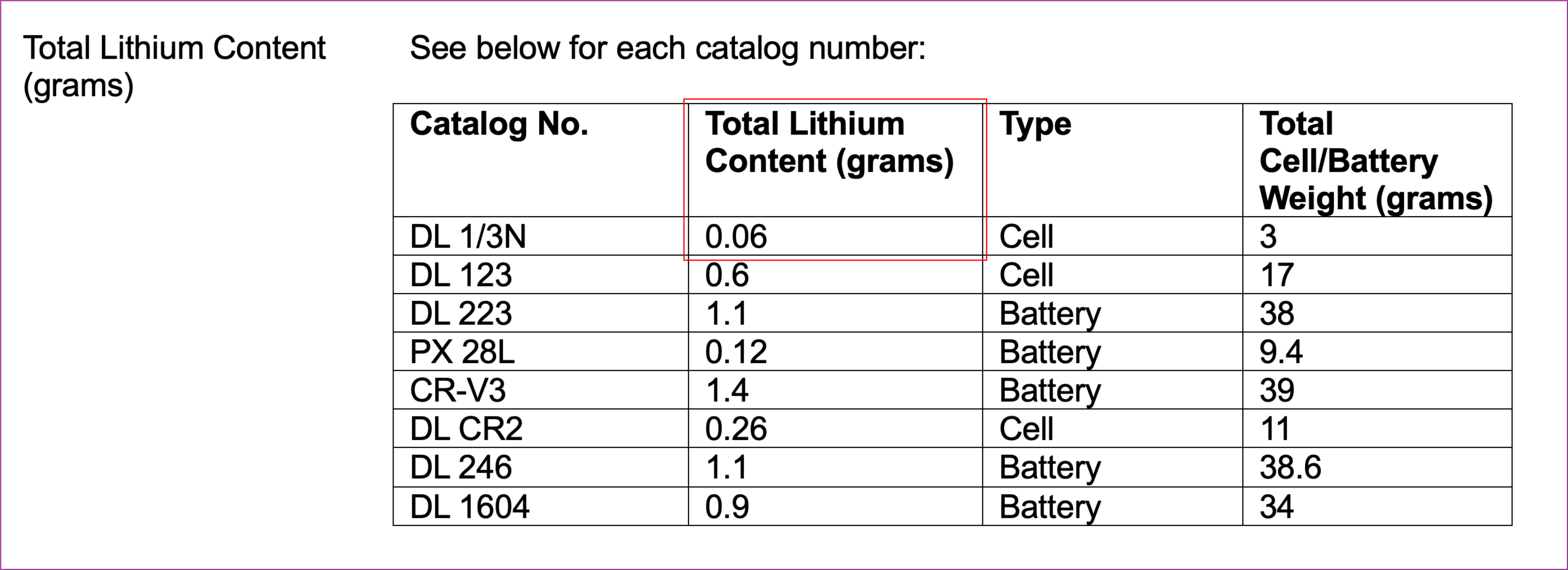Getting started
Item setup
Catalog management
Walmart Fulfillment Services (WFS)
Seller Fulfillment Services
Listing optimization
Order management
Taxes & payments
Policies & standards
Growth opportunities
Advertising
Walmart Seller appNew
If you use Walmart Fulfillment Services (WFS) to store items, you must declare hazardous materials during item setup. These include chemicals, aerosols, pesticides and batteries. In this guide, we’ll help you understand where to find information about batteries and battery-containing items.
What is a battery?
Battery or battery-containing items are any item of merchandise that is a battery or any component of merchandise, including reusable packaging intended to stay in use with the item, containing a battery of any chemistry or type.
Examples include, but are not limited to: electric transportation (hoverboards, scooters, skateboards), laptops, power banks, power generators, portable speakers, vehicle jump starters (lithium and lead acid only).
Before you add an item to your Walmart catalog, ask yourself:
- Does my item contain a battery? E.g., toys, electronics, power tools
- Is my item packaged with a battery? E.g., flashlight with batteries included
- Is my item a standalone battery or battery pack? E.g., power bank, AA four-pack
If your item is powered by wall outlets only or has no electrical components, it doesn’t count as a battery or battery-containing item.
What to prepare
The requirements will vary depending on the type of battery. The following table has examples of some information you need. For a detailed breakdown of each battery field, go to WFS hazardous materials: Item setup.
Field | Description |
|---|---|
Safety Data Sheet (SDS) | A Safety Data Sheet (SDS) is a document prepared by the manufacturer that lists hazards and safety precautions for a substance.
The SDS must be in English. It should have 16 sections of standardized information, including physical and chemical properties (section 9) and transport information. See WFS compliance: Safety Data Sheet for more detail. |
Battery type | Describes the type of battery in your item Example: lithium ion, lithium metal, alkaline |
Number of unique hazardous components | Number of components within the item that may be hazardous Example: A remote-control car contains batteries in both the car and the remote, so there are 2 components within the item that may require a compliance review. |
Battery size | Describes the size of battery that customers should buy for the item Example: AA, AAA, CR2330, 12-Volt |
In general, you can find all the details about the battery in the Safety Data Sheet (SDS), manufacturer’s website, item packaging or the battery itself. For example, here’s just part of an SDS that shows some of the needed information:

Providing inaccurate information may result in item setup delays and regulatory liability. Falsely representing your items in an effort to bypass these assessments is prohibited and could result in expulsion from the WFS program. Examples of false representation include but are not limited to: providing incorrect responses; misrepresenting the item in the name, description or images; intentionally misspelling words; omitting key information and later adding it after the item has been reviewed.
